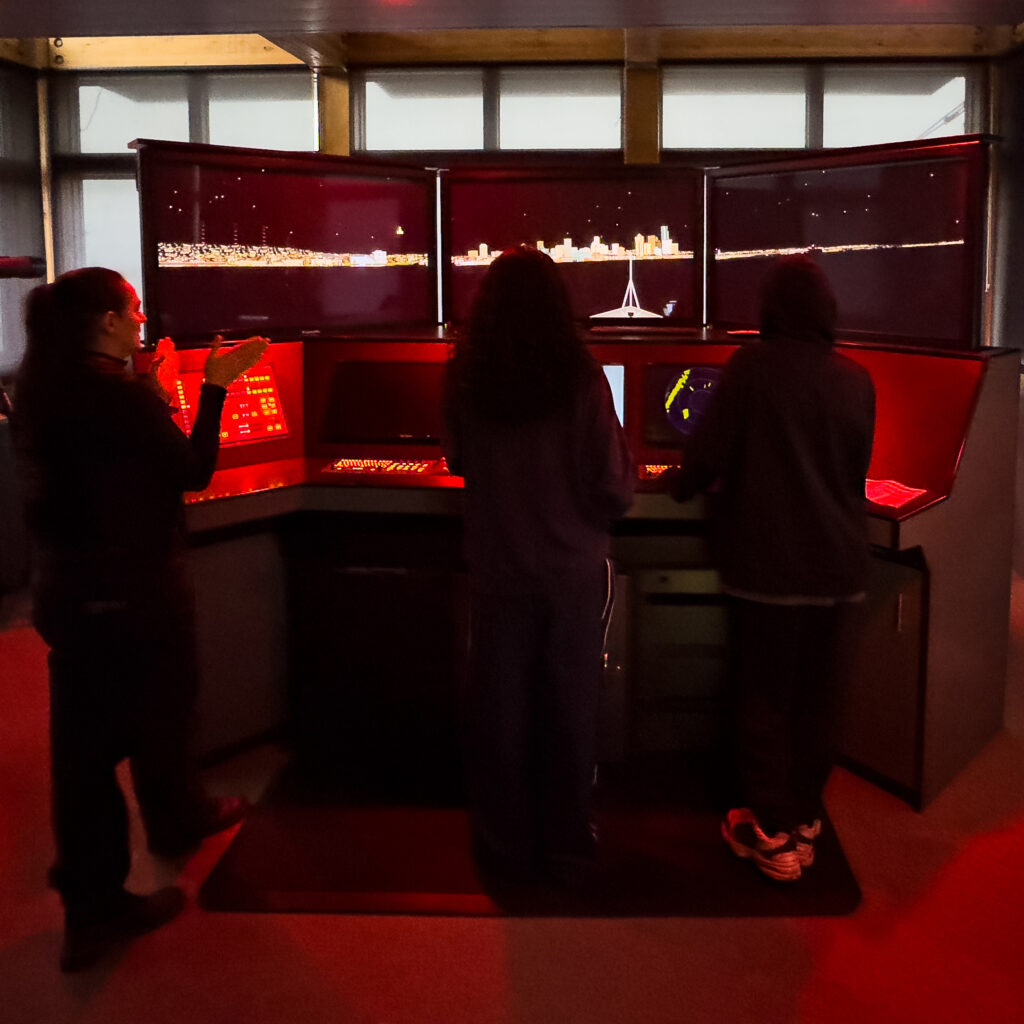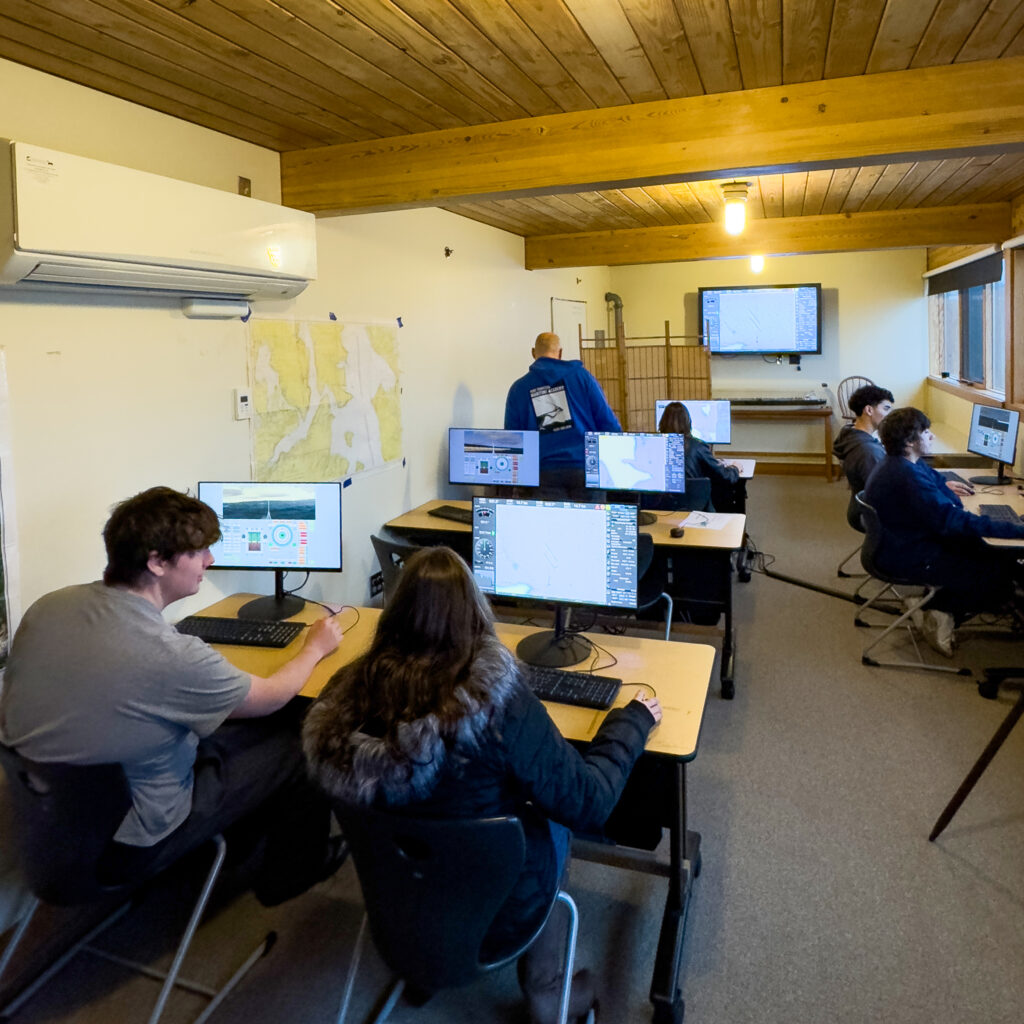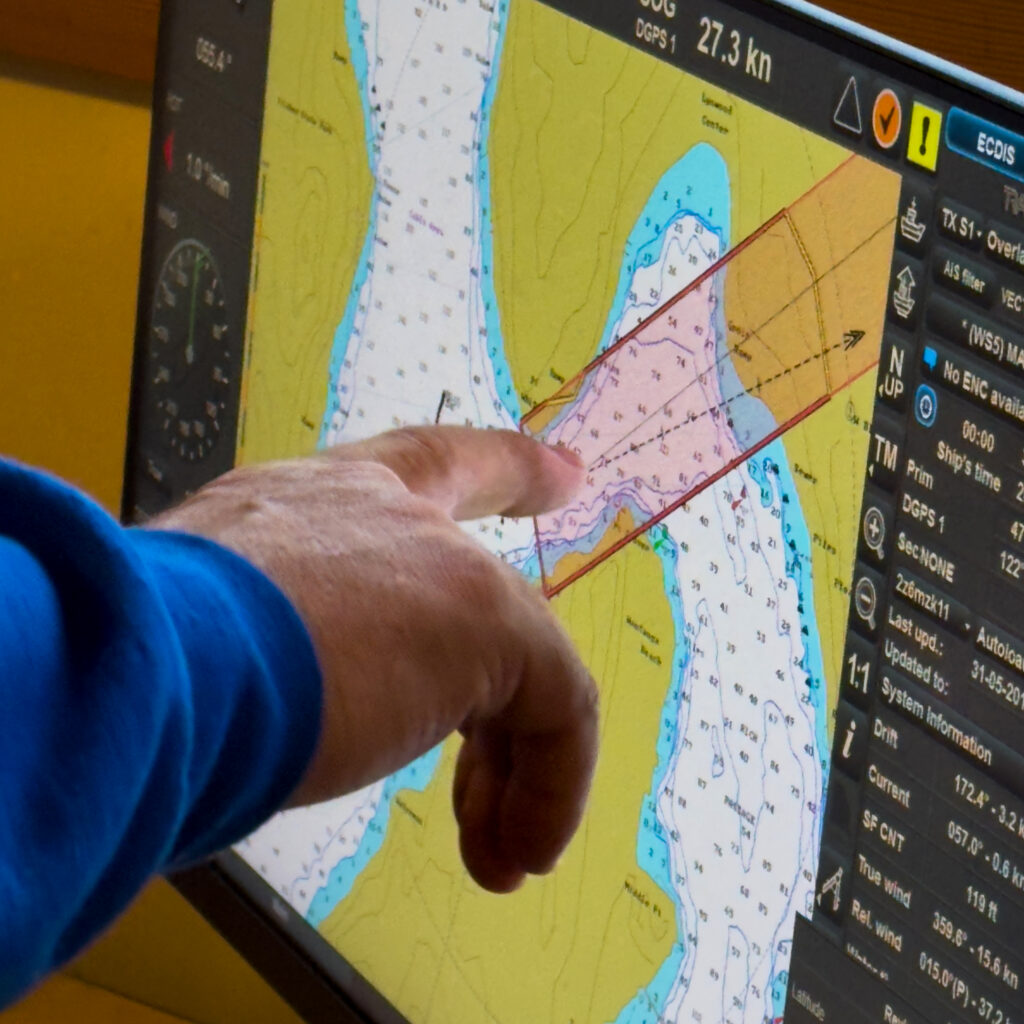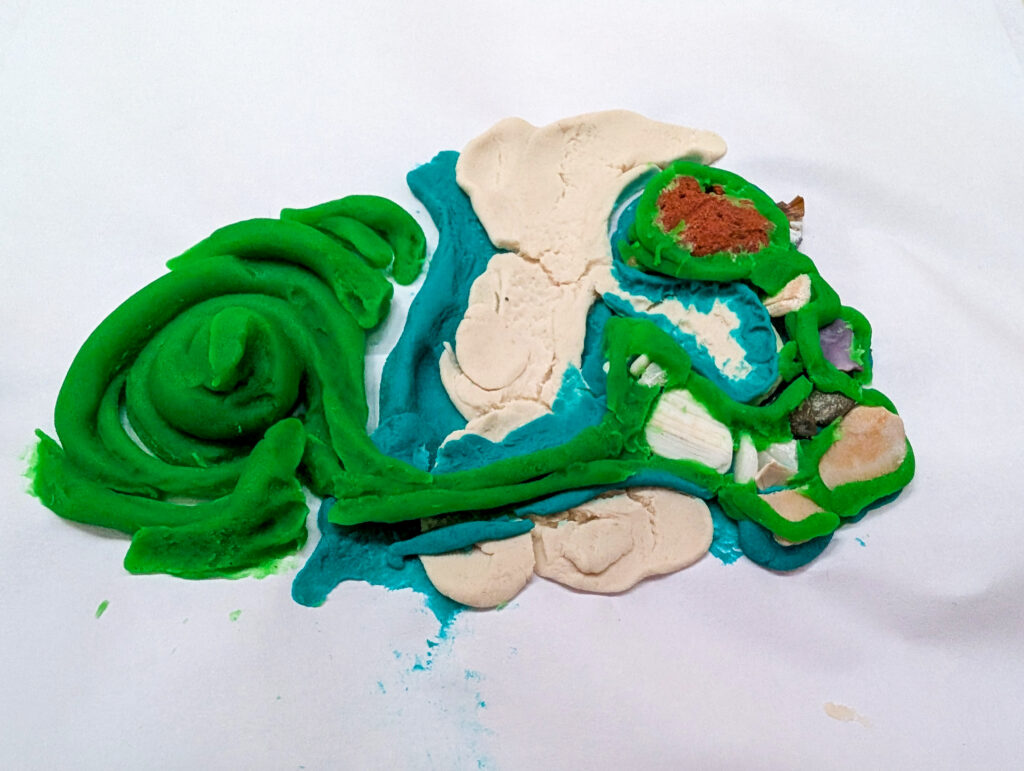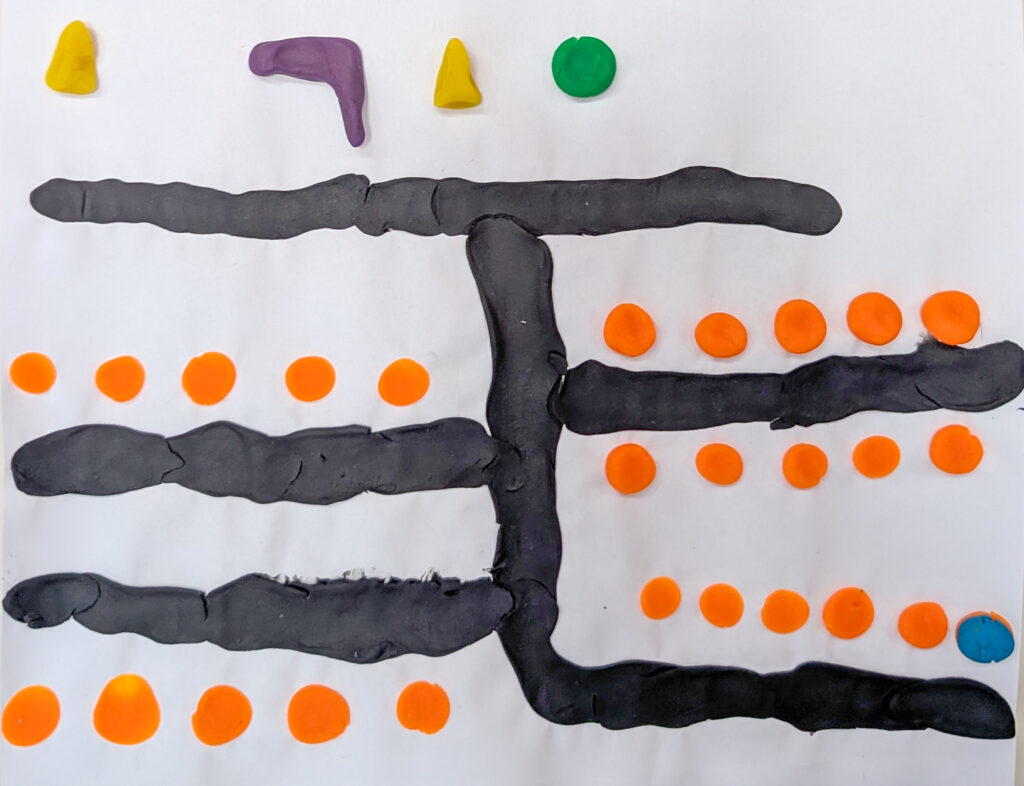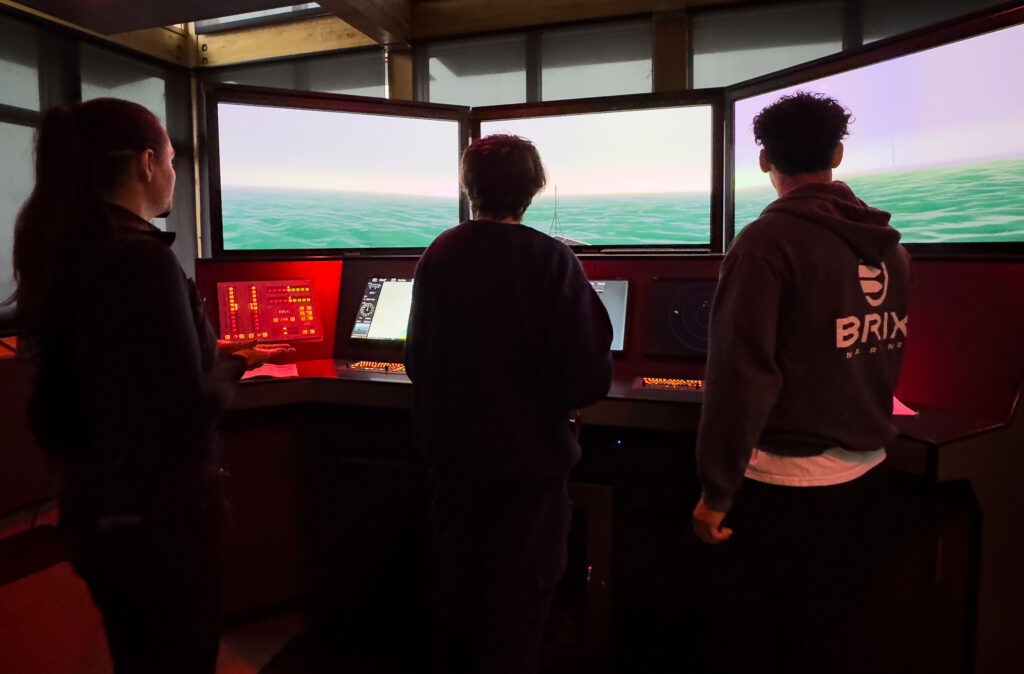“I can plot courses on paper charts, identify latitude and longitude on a chart and explain the difference. I know the vessel rights of way hierarchy relating to the rules of the road, and can calculate tides and currents and proficiently use the VHF radio.”
– Forrest Cox, Junior, PTMA.
During their navigation unit, students gain a comprehensive understanding of foundational Marine Navigation skills and techniques. The unit syllabus aims to provide students with an overview of subjects covered by the USCG OUPV and 100-ton Master Captain License Course.
This includes learning to calculate speed, time, and distance, determine compass error, and navigate using electronic and paper charting systems. Students also learn the basics of route planning, including how to plan for tidal currents and variable weather conditions.
“One of the more challenging things we did during the Navigation unit was calculating TVMDC (True North, Variation, Magnetic North, Deviation and Compass North) from courses and bearings. We also had the opportunity to use the Pilothouse simulator.“
– Charly Schweitzer, Junior, PTMA
Students are introduced to the Rules of the Road, and learn about the vessel hierarchy before driving (via the Pilothouse simulator) a USCG Cutter through heavy Seattle Traffic at night.
To support the communication needs that come with marine navigation, students spent time working with handheld radios.
This year, students learnt about and develop appreciation for diverse navigation methods, such as celestial navigation, and wayfinding techniques used by indigenous cultures, and the development of early cartography. This learning culminated in a creative project where students were asked to develop a piece of art to explore the ways in which they navigate through their worlds.
Robin Jenkins, a PTMA Senior from Bremerton chose to depict the two-hour round trip journey from her home, to the Northwest Maritime Center Campus that she drives each morning to attend class. Her art piece included various landmarks along the journey, some of which were tied to her routine and experiences, including her favorite coffee drive through, and the challenges of bridge closures due to adverse weather. (not pictured)
“I can describe the basic functions of a radar and obtain a marine weather forecast using a VHF radio. I can also proficiently use a VHF radio for a variety of situations.“
– Evan Tyrrell – Junior, PTMA
Team PTMA is supported by the TK Spirit Fund
